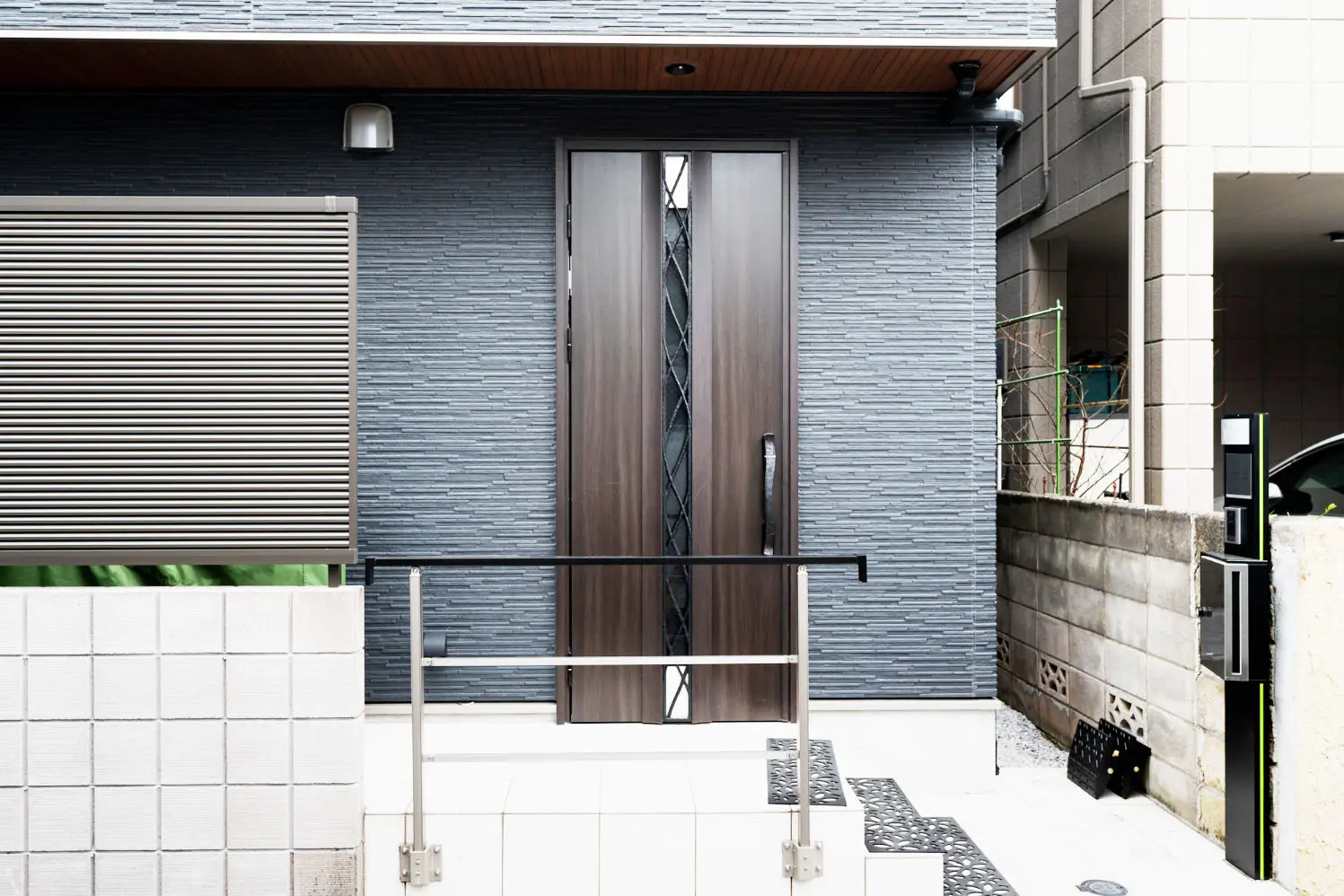Home Security: How to Protect Your Home from Intruders
Per restare aggiornato entra nel nostro canale Whatsapp
Considering one's home an inviolable refuge is a common desire, yet everyday reality exposes homes to the real risk of intrusion . A break-in by intruders doesn't just result in financial loss or the violation of a private space; the most profound impact is often the loss of peace of mind and the compromised sense of personal security .
This type of threat, which unfortunately makes no distinction between housing types, requires a thoughtful and structured response . Relying on chance is not a good strategy: effective protection comes from a proactive approach that integrates various defensive solutions. It inevitably begins with the most critical access points, protected for example with armored doors , and then extends attention to other structural and technological elements.
The first bulwark: armored doors and security classes
The most vulnerable entry point and, at the same time, the first line of defense for a home is undoubtedly the front door . Investing in a solid structure means erecting a significant physical barrier against break-in attempts.
Modern armored doors are not all the same; their effectiveness is certified by specific security classes , defined at the European level by the UNI EN 1627 standard. This classification, which ranges from Class 1 to 6, measures the door's ability to resist different types of attacks, from improvised ones to those carried out with specific tools and by expert burglars.
For a residential context , such as a condominium or a house, the recommended classes are generally 3 and 4. A Class 3 door is designed to resist break-in attempts with tools such as crowbars, while Class 4 offers superior protection even against more sophisticated tools.
In addition to the class, it is essential to evaluate the components : a sturdy steel body, the presence of anti-tear bolts on the hinge side and, above all, a high-security lock, preferably with a European profile cylinder protected by a drill- and tear-proof defender .
Protecting secondary access
A comprehensive security strategy, however, cannot be limited solely to the main entrance. Intruders often look for alternative weak points , such as windows, French doors, balconies, or secondary access points (e.g., service doors or garages attached to the home).
There's no point in having an impregnable front door if the ground-floor windows can be easily opened. For this reason, it's crucial to evaluate the strength of the window frames . Modern solutions include shatterproof or laminated glass , which significantly delays attempted break-ins, and reinforced locking mechanisms .
Where the context allows and aesthetics and security are not excessively compromised, installing security grilles or shutters represents a passive barrier of proven effectiveness, especially for floors most exposed to the risk of intrusion.
The technological deterrent: alarms and video surveillance
In addition to passive defenses, which aim to physically resist attacks, modern security makes extensive use of active defenses, namely technological systems.
A burglar alarm system works on two fronts: it acts as a deterrent and immediately signals any attempted unauthorized entry. The most advanced systems combine perimeter sensors (attached to doors and windows) with volumetric sensors (which detect movement inside).
Many systems are now connected to the internet , allowing owners to receive real-time notifications on their smartphones and are often directly connected to the operations centers of law enforcement agencies or private security companies. At the same time, installing a visible video surveillance system not only strengthens the deterrent effect but also provides a crucial record of events in the event of a break-in.
